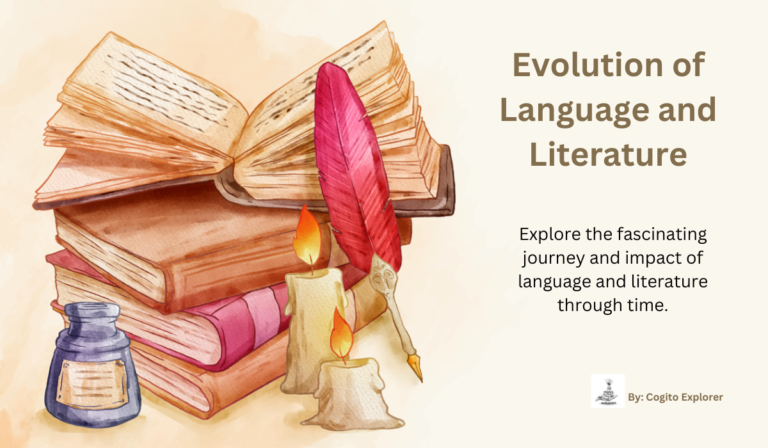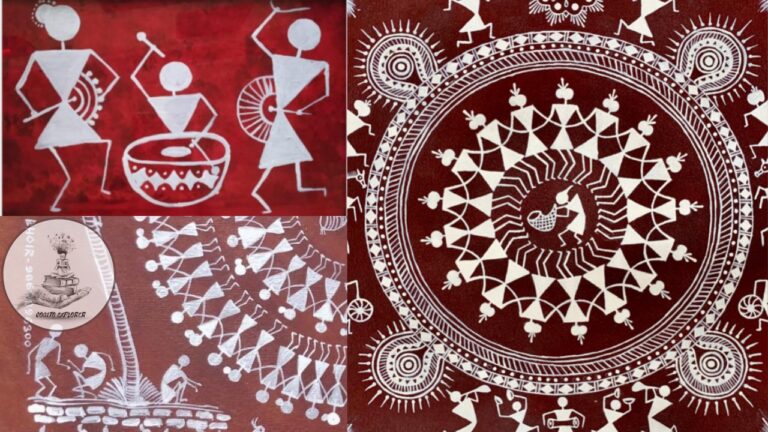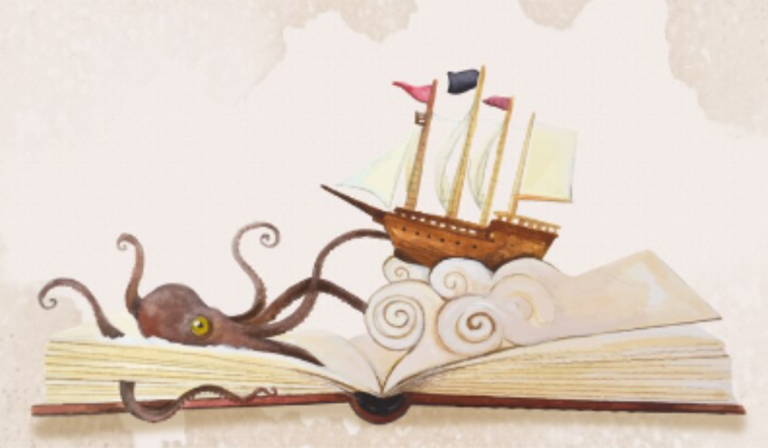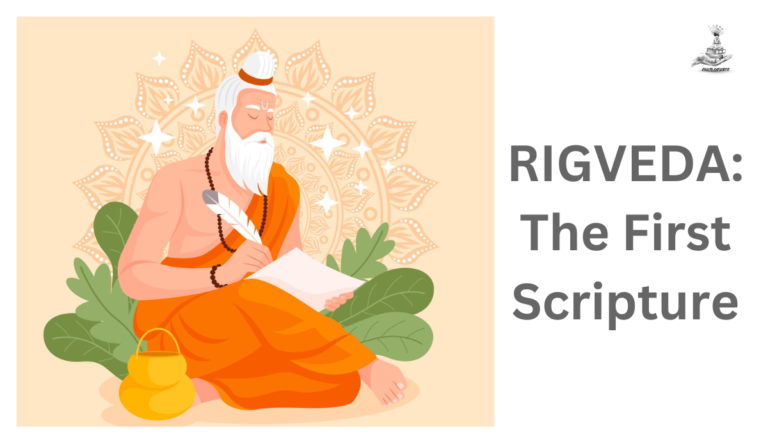Ancient Scripts: A Fascinating Historical Expedition
In our preceding article “The Progression of Language and Literature” the author had shed light on the evolution of communication means throughout human history. The writing systems were discussed briefly. Today join us on our journey to unravel the enigmatic messages etched in ancient scripts. From the cryptic hieroglyphs of Egypt to the elegant calligraphy of China, these ancient writings serve as portals to understanding the civilizations that forged them. Come along as we delve into the intriguing world of ancient scripts, unlocking their mysteries one glyph at a time.
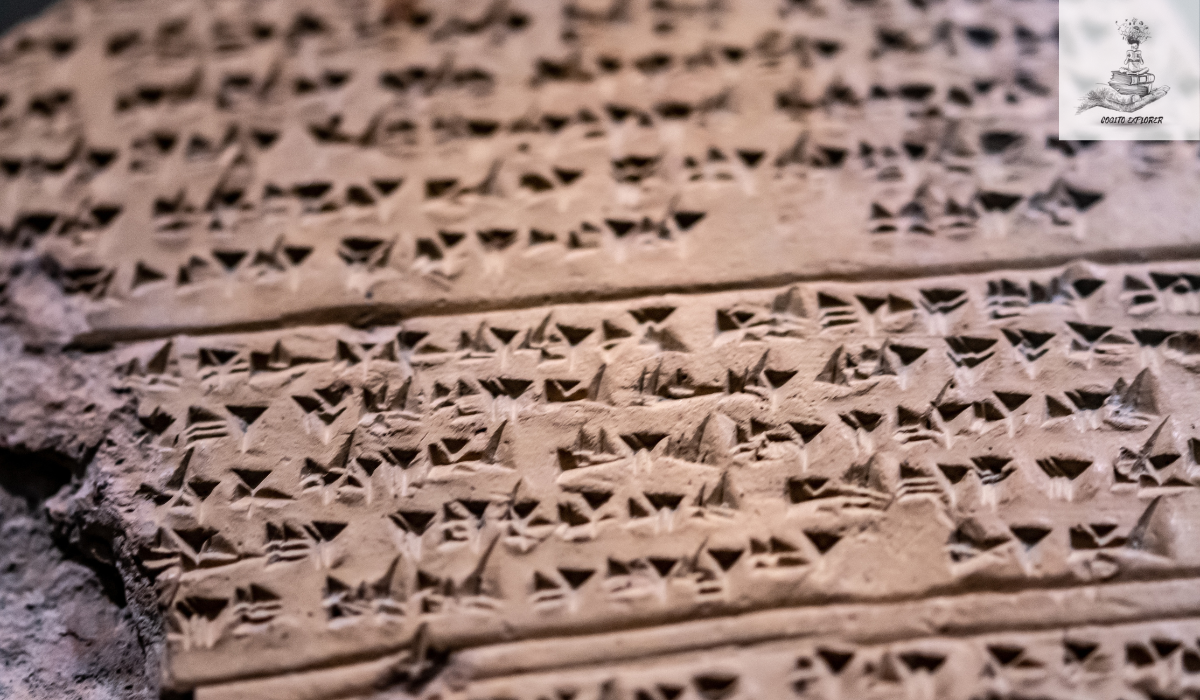
The Enigmatic Hieroglyphs of Egypt
Our journey commences amidst the sands of ancient Egypt. Along with the majestic pyramids, central to the Egyptian civilization were hieroglyphs, a complex system of pictorial symbols that adorned temple walls, tombs, and monuments.
Initially dismissed as mere decorations, the decipherment of hieroglyphs proved to be a monumental task. It wasn’t until the discovery of the Rosetta Stone in 1799 (bearing inscriptions in Greek, Demotic, and hieroglyphic scripts) that progress was made. Championed by scholars like Jean-François Champollion, the Rosetta Stone provided the key to unlocking the secrets of ancient Egyptian writing.
Through diligent study and comparison, Champollion successfully deciphered the hieroglyphic script. Opening a window into Egypt’s rich history, religion, and culture. Hieroglyphs revealed tales of pharaohs, gods, and everyday life, offering invaluable insights into one of the world’s most enduring civilizations.
The Elegance of Chinese Calligraphy
Far across the ancient Silk Road, the art of calligraphy flourished in the heart of China. With its roots tracing back over 4,000 years, Chinese calligraphy transcends mere writing. It is an art form revered for its beauty, grace, and spiritual depth.
At its core, Chinese calligraphy embodies the harmonious balance between brush, ink, and paper. Each stroke carries a meaning, reflecting the writer’s emotions, thoughts, and aspirations. From the flowing script of cursive style to the structured elegance of seal script, Chinese calligraphy encompasses a diverse array of styles, each with its unique charm.
Beyond its aesthetic appeal, calligraphy served as a cornerstone of Chinese culture, shaping literature, philosophy, and society. Emperors bestowed great importance upon calligraphy, viewing it as a reflection of one’s character and intellect. Scholars dedicated years to mastering the art, seeking to capture the essence of the written word in every stroke.
Cracking the Code of Mayan Glyphs
In the lush jungles of Mesoamerica, the ancient Maya forged a civilization shrouded in mystery and wonder. Central to their culture were hieroglyphic inscriptions, carved into stone monuments known as stelae, documenting the triumphs, rituals, and mythology of the Maya people.
For centuries, the intricate glyphs remained an enigma, confounding scholars with their complexity. It wasn’t until the mid-20th century that progress was made, thanks to the pioneering work of epigraphers like Yuri Knorosov and David Stuart. Through meticulous analysis of Mayan codices and inscriptions. These scholars began to decipher the phonetic and logographic elements of the script.
Piece by piece, the Mayan glyphs revealed their secrets, unveiling a civilization of astonishing complexity and sophistication. From astronomical observations to calendrical cycles, the inscriptions offered a glimpse into the mathematical precision and spiritual beliefs of the ancient Maya.
The Legacy of Cuneiform Writing
Across the ancient plains of Mesopotamia, the cradle of civilization, cuneiform script emerged as one of humanity’s earliest writing systems. Dating back over 5,000 years, cuneiform inscriptions adorned clay tablets. Preserving the administrative records, epic tales, and religious rituals of Mesopotamian society.
Comprising over 600 signs, cuneiform script posed a formidable challenge to decipherment. Yet, through the pioneering efforts of scholars like Henry Rawlinson and George Smith, the once indecipherable script began to yield its secrets.
By painstakingly piecing together linguistic clues and comparative analysis. Scholars unlocked the phonetic and semantic values of cuneiform signs, reconstructing the languages of ancient Mesopotamia. From the epic of Gilgamesh to the legal codes of Hammurabi, cuneiform inscriptions provided invaluable insights into the daily lives and beliefs of the Sumerians, Akkadians, and Babylonians.
The Pictographic Origins of Olmec Writing
Turning our gaze again to the ancient cultures of Mesoamerica, we encounter the Olmec civilization, known for its colossal stone heads and advanced artistic achievements. Among the Olmec’s cultural contributions is the enigmatic script found on artifacts such as the Cascajal Block, a stone slab engraved with intricate glyphs.
Believed to date back to around 900 BCE, the Olmec script represents one of the earliest examples of writing in the Americas. Characterized by its pictographic nature, the script consists of symbols depicting human figures. Also, the animals, and abstract shapes, hint at a complex system of communication and symbolism.
Despite the efforts of scholars and epigraphers, the Olmec script remains largely undeciphered, with the meanings of the glyphs and their linguistic significance remaining elusive. As archaeological research continues to uncover discoveries, the quest to unlock the secrets of Olmec writing persists. Offering tantalizing glimpses into the cultural heritage of ancient Mesoamerica.
The indus valley system of writing
Venturing into the ancient civilization of the Indus Valley, we encounter yet another enigmatic script that has long puzzled historians and archaeologists. Dating back to the 3rd millennium BCE, the Indus Valley civilization flourished along the banks of the Indus River in India(northwest) and present-day Pakistan.
The Indus script, characterized by its intricate symbols and geometric motifs, is found on seals, tablets, and pottery fragments unearthed at archaeological sites such as Mohenjo-Daro and Harappa. Despite numerous attempts at decipherment, the Indus script remains undeciphered, shrouding the language and culture of the Indus Valley civilization in mystery.
Scholars have proposed various theories regarding the nature and function of the script. Suggesting possibilities ranging from a logographic system to a proto-writing form. However, the elusive nature of the script continues to defy conclusive interpretation. Leaving the secrets of the ancient Indus civilization tantalizingly out of reach.
The Persistence of Unwritten Languages
While written scripts offer invaluable insights into ancient civilizations. It’s important to acknowledge that many cultures throughout history relied primarily on oral traditions for communication and storytelling. From the epic poems of Homer‘s Greece to the oral histories of indigenous peoples around the world, the spoken word has served as a powerful medium for preserving cultural heritage and transmitting knowledge from generation to generation. Shrutis of Vedic civilization is an example.
Even today, there exist languages and dialects with no standardized writing systems. Relying solely on oral communication for expression and preservation. As we celebrate the diversity of human language and culture. It’s essential to recognize the intrinsic value of oral traditions in shaping identities. Fostering community, and preserving the intangible heritage of humanity.
A Tapestry of Human History
As we conclude our journey through the annals of ancient scripts. We are reminded of the rich tapestry of human history that unfolds through the written word. From the banks of the Nile to the mountains of Mesoamerica. These ancient writings serve as windows into the past, preserving the stories, wisdom, and aspirations of our ancestors.
Offering new perspectives and revelations with each discovery. In deciphering ancient scripts, we not only unravel the secrets of the past but also enrich our understanding of the human experience. And forging connections that span millennia.
Conclusion
In our quest to decipher ancient scripts and unlock the secrets of the past. We are confronted with a mosaic of languages, symbols, and cultural traditions that span the breadth of human history. From the majestic hieroglyphs of Egypt to the intricate glyphs of Mesoamerica. Each script tells a story, offering glimpses into the minds and hearts of civilizations long gone.
In deciphering ancient scripts, we not only uncover the mysteries of the past. But also celebrate the enduring legacy of human ingenuity and creativity. So, let us heed the call of history, guided by the wisdom of the ancients and inspired by the boundless possibilities of human expression.



